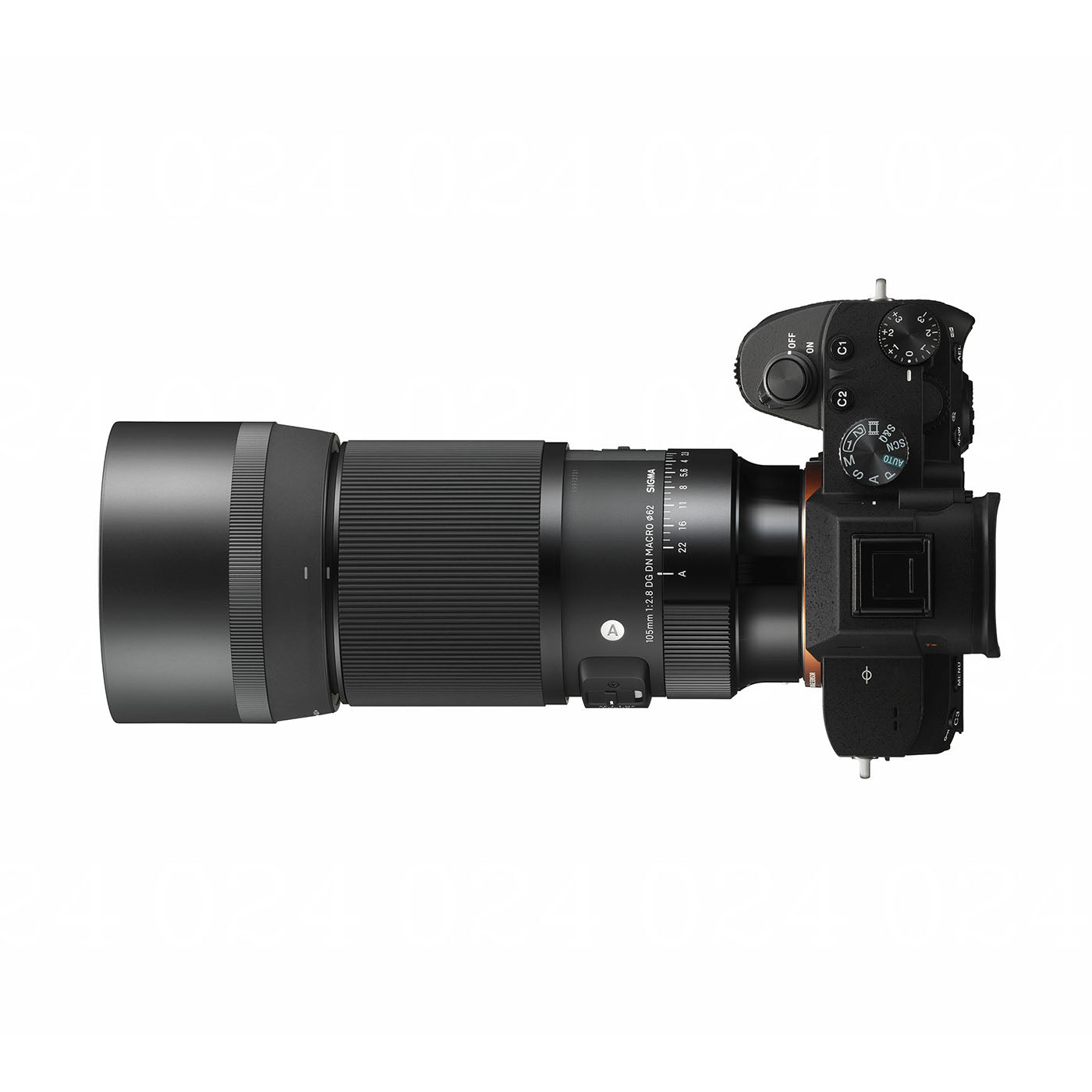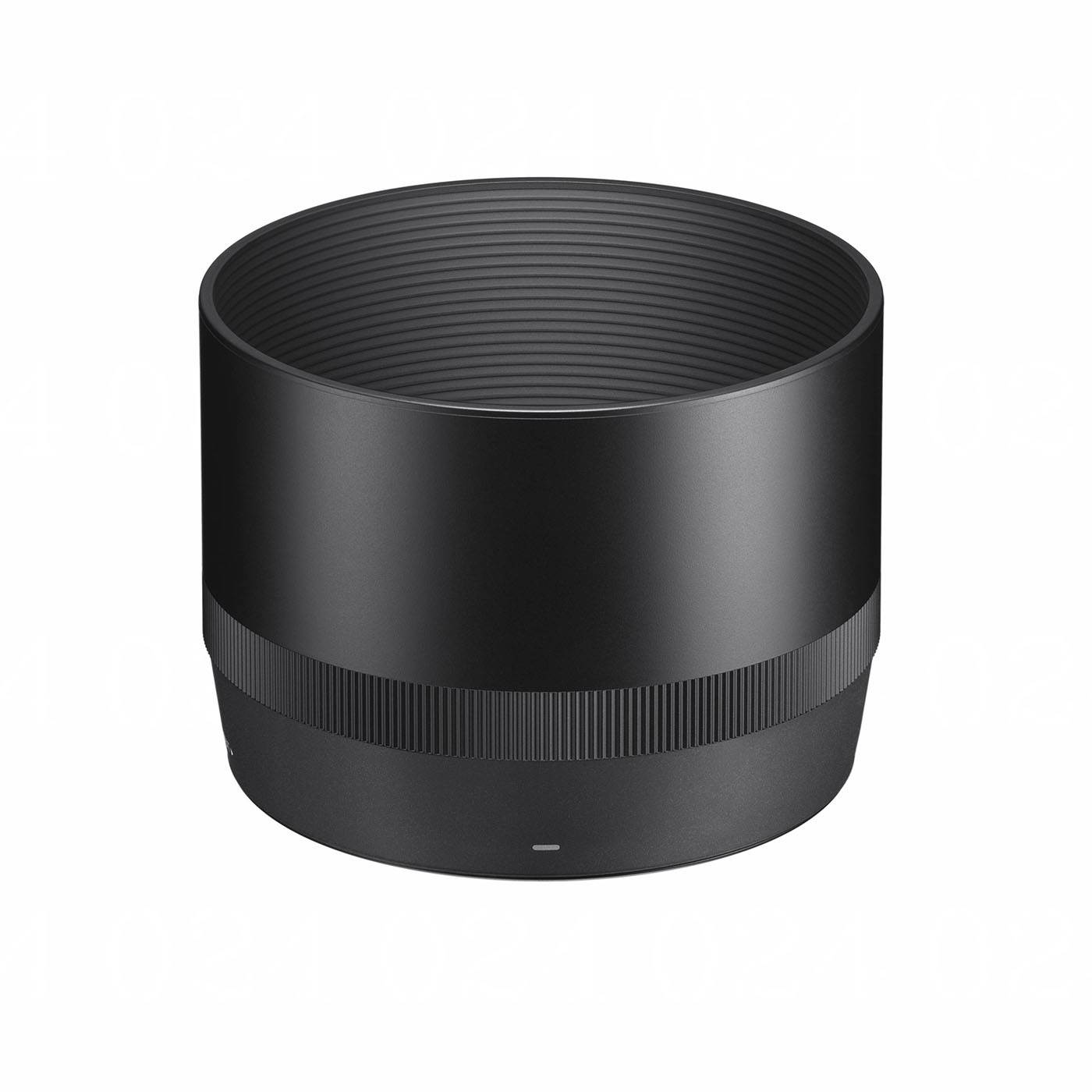Product Description
Introducing the Sigma 105mm F2.8 DG DN MACRO | Art Lens
The Ultimate Close-Up Lens for Mirrorless Systems
The Definitive Mid-Telephoto Macro for Mirrorless Cameras
Experience unmatched detail with the Sigma 105mm F2.8 DG DN MACRO | Art lens, the definitive mid-telephoto macro lens for mirrorless systems. With a 1:1 magnification ratio, this true macro lens allows you to focus extremely close to your subject, capturing intricate details with exceptional clarity. Ideal for photographing nature’s wonders such as insects and plants, it also excels in portrait and landscape photography.

Exceptional Image Quality
Achieve razor-sharp results across the entire frame at all apertures. The maximum aperture of F2.8 ensures fast shutter speeds in low light and provides a shallow depth of field for beautifully blurred backgrounds. Professional-level features include:
- Manual aperture ring with de-click and lock switch
- Customisable AFL button
- Focus limiter switch
- Dust- and splash-resistant construction

Superior Build Quality
The Sigma 105mm F2.8 DG DN MACRO offers outstanding build quality synonymous with the Art line, featuring high-grade materials and expert craftsmanship. The exterior barrel is constructed from Thermally Stable Composite (TSC), which is strong, lightweight, and has a similar thermal expansion rate to aluminium, ensuring consistent performance across varying temperatures.

User-Friendly Design
The lens features a rubberised focus ring for effortless operation and internal focusing, maintaining a constant lens length and stable centre of gravity—ideal for gimbal use. The rear barrel houses an aperture ring with an Auto setting, giving users the flexibility to control the aperture directly from the lens or the camera.

Enhanced Protection
The robust polycarbonate lens hood reduces flare and ghosting in bright sunlight and offers front element protection. The durable brass mount, complete with a rubber seal, keeps dust and moisture at bay.

Professional Feature Set
- AF/MF switch and customisable AFL button
- Click/de-click switch for smooth aperture adjustment
- Lock switch for aperture ring settings
- Powerful stepping motor for fast, accurate, and quiet AF with excellent tracking
- Focus Limiter switch for quicker and more precise focusing

High-Performance Optics
The lens boasts an advanced optical design with 17 elements in 12 groups, including one SLD element, to deliver sharp, detailed images and minimise chromatic aberration, flare, distortion, and vignetting. Advanced optical coatings enhance contrast and colour accuracy, even in bright, direct sunlight.

Versatile Applications
Perfect for Portraits This macro lens is not limited to close-up photography. Its short-telephoto focal length and F2.8 aperture make it an excellent choice for head-and-shoulders portraits, offering stunning bokeh and subject isolation.
Ideal for Abstract Photography The Sigma 105mm F2.8 DG DN MACRO is perfect for capturing abstract compositions, focusing on shape, texture, and colour. Its extreme close-focusing ability allows for creating painterly and otherworldly images that reveal details invisible to the naked eye.

Boost your photography with the Sigma 105mm F2.8 DG DN MACRO | Art lens—where exceptional image quality meets unparalleled build and functionality. Whether you’re capturing the minutiae of nature or stunning portraits, this lens is your go-to tool for professional-grade results.
Payment & Security
Your payment information is processed securely. We do not store credit card details nor have access to your credit card information.





















